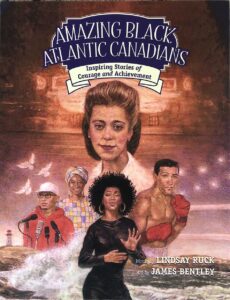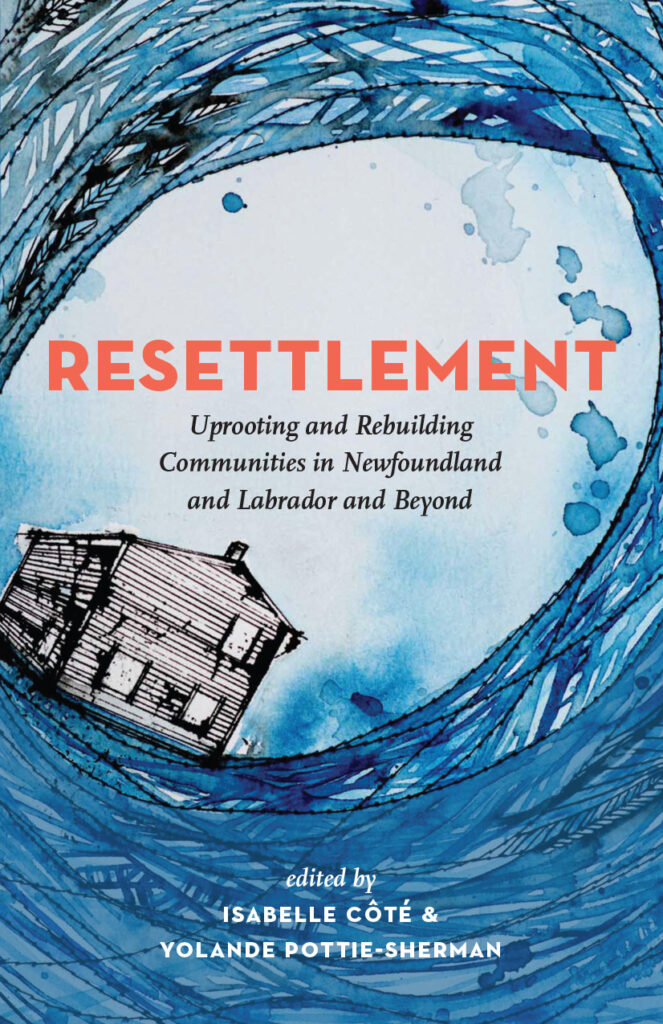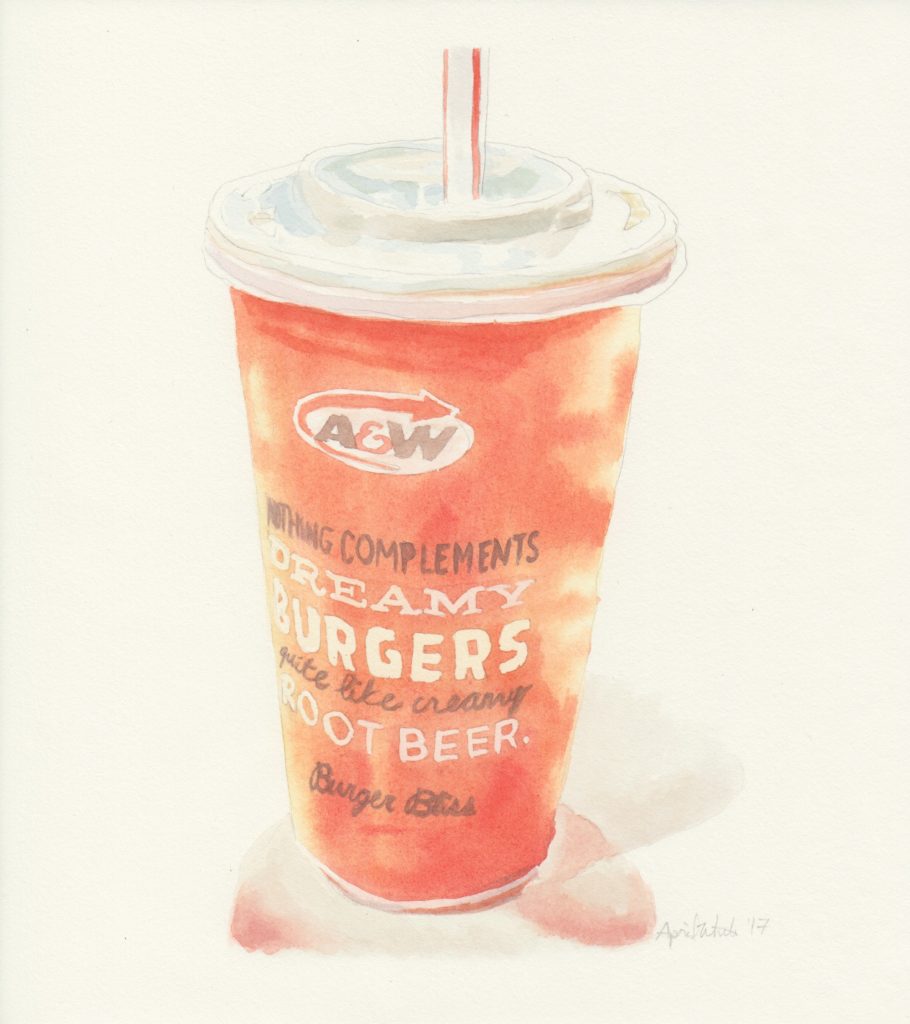Lindsay Ruck – “Black history is our collective history”
March 2021
Can you describe your research process? Where did you look for information? I imagine you found some gaps in the documentation – how did you fill those?
I was grateful for my journalism degree at many points throughout this project and all of those courses I took about research and sources and fact-checking. The internet, books, newspaper clippings, electronic journals, archived documents and photos, historical societies, and just simply talking to people were all part of the research process. Some profiles came together quicker than others and the research was slow at times. Sometimes there would be conflicting dates, birthplaces, or anecdotes told a little differently, and that’s when I would need to continue digging to find more information to back up what I had already recorded. While it was trying at times, it also solidified the fact that we need more easily accessible documentation of these incredible moments and the people who have, or still are, changing the course of history. Black history is our collective history. It should be in our children’s’ textbooks and kids shouldn’t have to dig to find out more about the events and people that made Canada what it is today. Hopefully this book will make someone else’s research process a little easier.
When I first picked up the book, I thought the individual biographies would most hold my attention. But the history you depict is so vivid and engrossing, consistently contextualizing characters and events for the reader. How did you find that balance?
I really appreciate that comment. When I was putting this book together I thought about what peaked my interest in history class. I thought about the importance of concrete examples, and kids, especially, being able to understand how historical times and events directly impacted Black men, women, and children. It becomes more real when you name names and give people faces. The book is about amazing individuals who have done some amazing things and when we go back to the Black Loyalists, the Black refugees, the Jamaican Maroons, etc, these are the trailblazers who came before and paved the way for every other individual who is featured in the rest of the book. I knew I wanted to honour those individuals and bring that history to life through their own personal stories.
The art design – the portraits, the use of colour – convey such details and add such style. What discussions went into those choices?
James Bentley did a beautiful job with the illustrations. This book is part of a series. The first book in the series is called Amazing Atlantic Canadian Kids and this is the second. James also did the art for the first book and Nimbus asked if I was comfortable with him doing the second. I gave the final approval on the artwork once James was finished and was very pleased with his illustrations. He didn’t tell me how to write the book and I didn’t tell him how to do the illustrations and that ended up making for a perfect collaboration for this project.
Obviously the people you present here faced and continue to face racism. But the tone of the book – even the layout, and type fonts – is very upbeat, very celebratory. How did you settle on that approach?
When I was shown the layout and final design for the book, I was very pleased with what the Nimbus team had put together using my words and James’ illustrations. Three words come to mind when I think about what I wanted to achieve with this book: inspiration, education, and conversation. This book is, as you said, a celebration of some really incredible individuals who have overcome obstacles, changed the course of history, and stood up against racism and discrimination and gone on to do extraordinary things. Finding the right words to make sure kids understand the gravity of an issue, like systemic racism and racially charged violence, without using language that may be better served for an older audience was difficult at times during the writing process. The book was created with younger readers in mind, and I wanted the pages to be visually pleasing to attract younger readers. That’s why I included text boxes, sidebars, words in bold, and a glossary. But I also made sure to present the facts. An upbeat font and layout don’t change some of the hard truths on each page.
The text is packed with fascinating stories and characters. Do you have a favourite?
My favourite story to tell will always be my grandfather’s, the late Senator Calvin Ruck. From having to fight a petition and hate mail to live in a desired community in Dartmouth, Nova Scotia, to taking on a local barber shop who refused to cut his son’s (my father’s) hair because he was Black, his story is so inspiring to me and really demonstrates the power of one. But along with my grandfather, there were definitely certain anecdotes I was eager to share with readers. I love the story of jazz musician Bucky Adams performing so intensely that his instrument literally blew apart, so he had to run home in between sets to grab his father’s tenor sax and then had to run back to the club to keep playing. I love the story of Rose Fortune and how she patrolled the docks with a stick in hand and took it upon herself to keep order in her community. And I was fascinated by Edward Mitchell Bannister’s story and was blown away by his beautiful landscapes that never really got the full praise they deserved because of the colour of his skin. There are so many wonderful stories in the book and it was such an honour to share them.
Amazing Black Atlantic Canadians, with text from Ruck and artwork by James Bentley, is available from Nimbus Publishing ($19.95)




